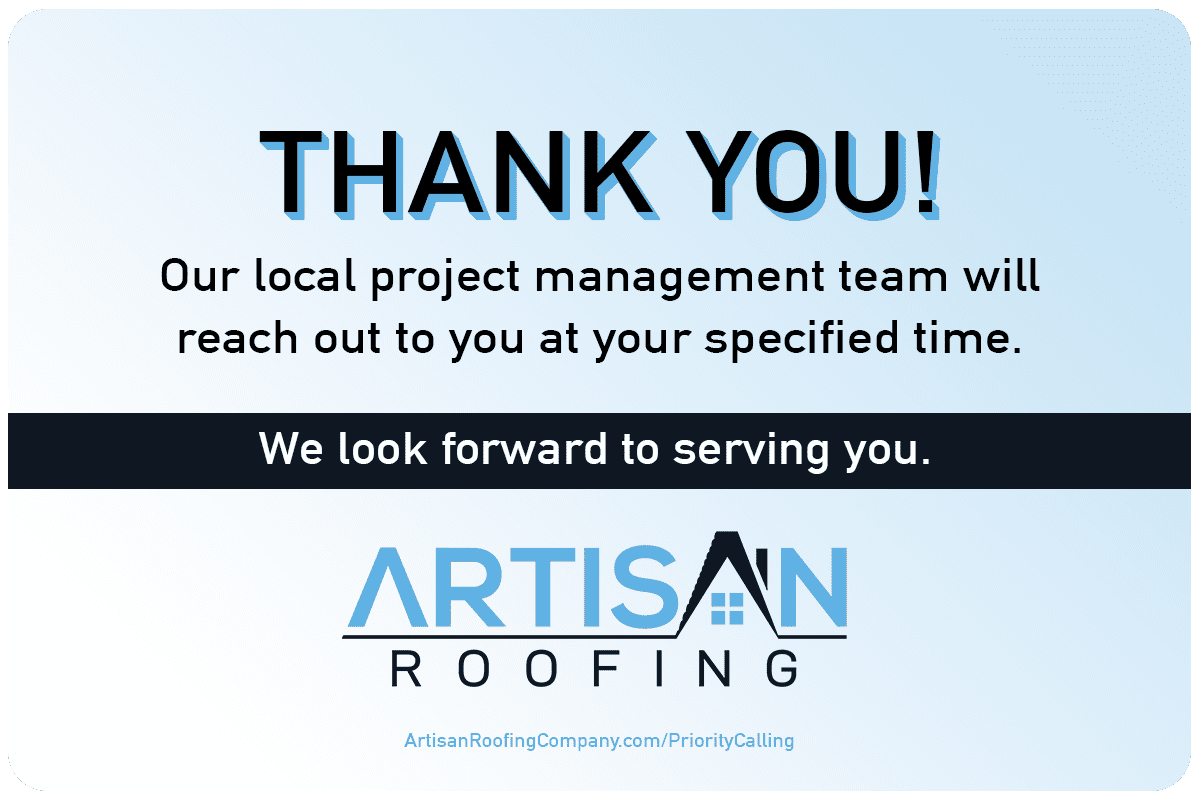Although your roofing, siding, and gutters can last for several years, they eventually become damaged and require fixing or replacing.
What Happens During Repairs?
At the first sign of problems, it’s important to call a trusted contractor immediately. Addressing issues early on prevents them from developing into bigger, costlier repairs. Sometimes, full replacement is necessary when the damage to one of the components is widespread.
During a roof repair, the roofer will check for missing, broken, or loose parts, cracked flashing, leaks, and structural sagging. If they notice problems other than the one they’re working on, they will suggest having these fixed as a preventive measure.
Similar to roofs, siding is susceptible to damage from the elements. Siding repairs often involve replacing loose or damaged panels.
Gutter repair services are sometimes extensive. A contractor may suggest replacing sagging, leaking, heavily dented, or badly damaged gutters. They may perform re-pitching and cleaning of gutters for better performance. Besides the gutter sections, downspouts may also require readjustment, extensions or splash blocks, or a full replacement.
Which Should You Repair First?
It’s possible to repair the roof without causing damage to any other home structures. However, an extensive roof repair or replacement might require you to remove the gutters and siding to prevent them from becoming damaged.
Can You Fix Gutters Before the Roof?
Yes, you can still perform gutter repairs before addressing the roof, and in some cases, you might need to. If your gutters are already pulling away or heavily damaged, putting off repairs often leads to bigger headaches, like a weakened foundation from water damage.

